News
EPJ A Topical Issue: An Experimental Program with Positron Beams at Jefferson Lab
- Details
- Published on 14 April 2022

EPJ ST Highlight - Using AI to expand the quality and fairness of urban data
- Details
- Published on 11 April 2022
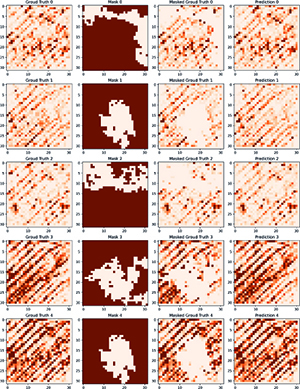
The sparse and inconsistent availability of urban data is currently hampering efforts to manage our cities fairly and effectively – but this could be solved by exploiting the latest advances in artificial intelligence.
Our cities are remarkably complex systems. Every day, they host countless numbers of interconnected exchanges between people and processes, generating vast amounts of data in turn. Researchers have begun to explore how this information could be used to improve urban environments – but due to limitations in its quality, these efforts continue to face significant challenges. Through detailed analysis published in EPJ ST, Bill Howe and colleagues at the University of Washington, USA, propose how artificial intelligence (AI) could be used to expand the coverage, access, and fairness of data collected in cities.
EPJ D Highlight - Optimizing silicon structure to reduce reflection
- Details
- Published on 08 April 2022
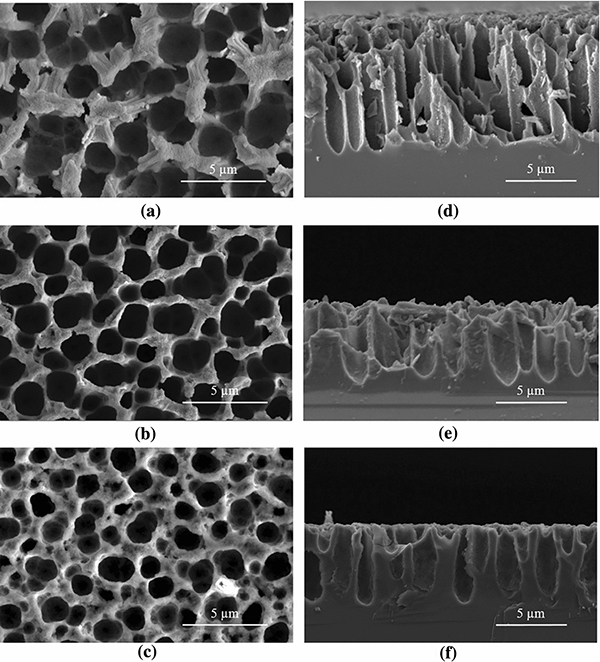
New research connects the porous structure of silicon and its ability to “trap” incident light.
The world sits on the brink of a major ecological disaster and the need for renewable energy sources has never been more urgent. Perhaps the most significant source of untapped renewable energy is, unsurprisingly, the Sun. It is little wonder that much of the focus of renewable energy research focuses on solar power.
A new paper published in EPJ D examines changes in the porous structure of silicon to make it less reflective and thus a better material for solar absorbing technology. The paper is authored by Daohan Ge, Zhou Hu, Zhiwei Fang, Chao Ni, and Liqiang Zhang of the Institute of Intelligent Flexible Mechatronics, Jiangsu University, China, and Shining Zhu of the National Laboratory of Solid State Microstructures, Nanjing University, China.
EPJ B Highlight - Ranking nanodevice functionality methods
- Details
- Published on 08 April 2022

Examining the charge transfer influence of three charge control methods and producing a hierarchy promises important practical applications in nanodevices.
As the demand for nanodevices grows so too does the need to improve the functionality of such devices, which is vulnerable to changes in the charge distribution, energy levels or conformation. Hence the desire to assess the three current charge control methods: gating by electro-chemicals, doping by pendant groups and doping by annealed motifs.
A new paper published in EPJ B authored by Zainelabideen Yousif Mijbil, from the College of Science, Al-Qasim Green University, Al-Qasim Town, Babylon Province, Iraq, aims to prioritize and rank nano-device functionality methods according to their potential impact as well as justifying the reason for such an influence-based hierarchy.
EPJ C: Prof. Laura Baudis awarded with the 2022 Charpak-Ritz Prize
- Details
- Published on 08 April 2022

Congratulations to Laura Baudis, Associate Editor of EPJC and former Editor-in-Chief of the section Experimental Astroparticle Physics from 2016 to 2021, for this special distinction. This prize recognizes her “leadership in international astro-particle physics collaborations, outreach activities and seminal contributions to dark matter research”. A full account can be found here.
EPJ B Highlight - A novel computing approach to recognising chaos
- Details
- Published on 05 April 2022
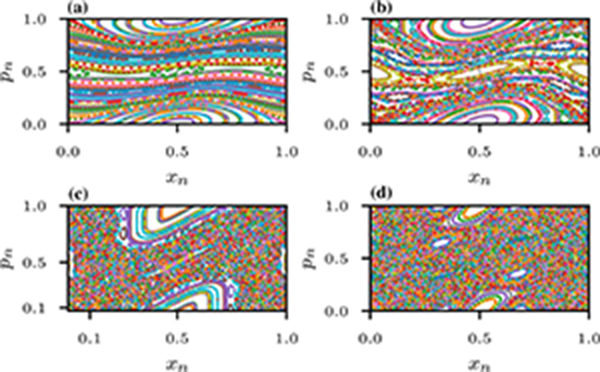
Chaos isn’t always harmful to technology, in fact, it can have several useful applications if it can be detected and identified.
Chaos and its chaotic dynamics are prevalent throughout nature and through manufactured devices and technology. Though chaos is usually considered a negative, something to be removed from systems to ensure their optimal operation, there are circumstances in which chaos can be a benefit and can even have important applications. Hence a growing interest in the detection and classification of chaos in systems.
A new paper published in EPJ B authored by Dagobert Wenkack Liedji and Jimmi Hervé Talla Mbé of the Research unit of Condensed Matter, Electronics and Signal Processing, Department of Physics, University of Dschang, Cameroon, and Godpromesse Kenné, from Laboratoire d’ Automatique et d’Informatique Appliquée, Department of Electrical Engineering, IUT-FV Bandjoun, University of Dschang, Cameroon, proposes using the single nonlinear node delay-based reservoir computer to identify chaotic dynamics.
EPJ E Highlight - The relationship between active areas and boundaries with energy input in snapping shells
- Details
- Published on 05 April 2022

New research looks at how the geometry of shells relates to the energy input required to actuate snap-through instability.
In nature, diverse organisms such as the hummingbird and Venus flytrap use rapid snapping motions to capture prey, inspiring engineers to create designs that function using snap-through instability of shell structures. Snapping rapidly releases stored elastic energy and does not require a continuously applied stimulus to maintain an inverted shape in bistable structures.
A new paper published in EPJ E authored by Lucia Stein-Montalvo, Department of Civil and Environmental Engineering, Princeton University, and Douglas P. Holmes, Department of Mechanical Engineering, Boston University, along with co-authors Jeong-Ho Lee, Yi Yang, Melanie Landesberg, and Harold S. Park, examines how restricting the active area of the shell boundary allows for a large reduction in its size, and decreases the energy input required to actuate snap-through behaviour in the shell to guide the design of efficient snapping structures.
EPJ B Highlight - Investigating newly synthesised thallium compounds for optoelectronic devices
- Details
- Published on 01 April 2022
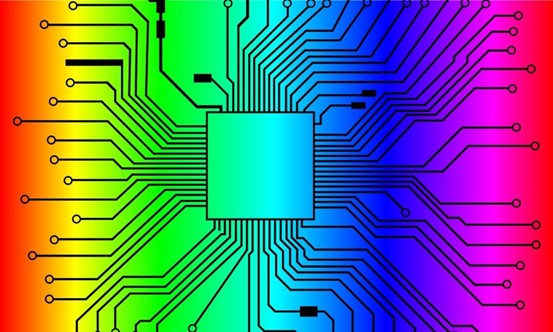
The burgeoning field of optoelectronic devices is driving the development of new alkali metal-based chalcogenides with qualities that have to be robustly investigated.
The need for efficient optoelectronic devices is growing and hand-in-hand so too is the challenge of discovering new semiconductors with valuable properties. This has spurred significant research in the synthesis and characterization of new alkali metal-based (AM) chalcogenides involving copper, silver and alkali metal with valuable properties like flexibility, high thermal stability, semiconductivity, photovoltaic effects.
Inspired by the growing demand for new optimum semiconducting materials, a new paper published in EPJ B authored by Abdelmadjid Bouhemadou, Laboratory for Developing New Materials and their Characterizations, Department of Physics, Faculty of Science, University of Ferhat Abbas Setif, Algeria and his co-authors, investigated in detail the structural, elastic, electronic and optical properties of two newly synthesized compounds, namely Tl2CdGeSe4 and Tl2CdSnSe4.
EPJ D Highlight - Astrophysical plasma study benefits from new soft X-ray transition energies benchmark
- Details
- Published on 01 April 2022
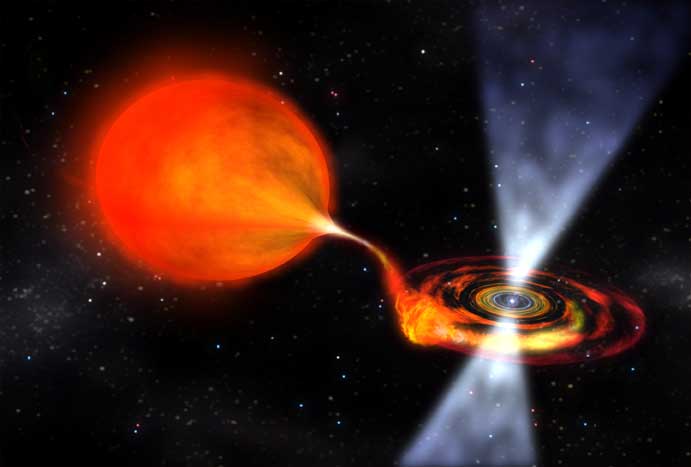
The new benchmark for X-ray transition energies set for neon, carbon dioxide, and sulfur hexafluoride paves a pathway to high accuracy analysis of astrophysical plasmas.
The analysis of astrophysical plasmas is vital in the quest to learn about some of the Universe’s most powerful and mysterious objects and events such as stellar coronae and winds, cataclysmic variables, X-ray binaries containing neutron stars and black holes, supernova remnants, or outflows in active galactic nuclei. The success of such research will lead to future astrophysical X-ray observatories enabling scientists to access techniques that are currently not available to X-ray astronomy. A key requirement for the accurate interpretation of high-resolution X-ray spectra is accurate knowledge of transition energies.
A new paper published in EPJ D authored by J. Stierhof, of the Dr. Karl Remeis-Observatory and Erlangen Centre for Astroparticle Physics of Friedrich-Alexander-Universt Erlangen-Nürnberg, Bamberg, Germany, and coauthors utilizes a newly introduced experimental setup at the BESSY II synchrotron facility to provide precise calibration references in the soft X-ray regime of neon, carbon dioxide, and sulfur hexafluoride gases.
EPJ H Highlight - Documenting the first attempt at a gravitational-wave observatory in Europe
- Details
- Published on 21 March 2022

EUROGRAV was set to be a network of gravitational wave antennas in Europe. A new paper looks at the reasons it never happened.
First predicted in Einstein’s theory of general relativity, gravitational waves are tiny ripples in spacetime generated by titanic and powerful cosmic events. The great physicist believed that no equipment would ever be sensitive to detect these faint cosmic ripples. Fortunately, Einstein was wrong, but that doesn’t mean that the detection of gravitational waves has been easy.
The history of a planned array interferometer gravitational wave detectors to be built in Europe during the late 1980s, the reasons this failed, and the parallels with current detectors, are documented in a new paper published in EPJ H, authored by Adele La Rana, University of Verona, and INFN Section of Sapienza University, Italy.




